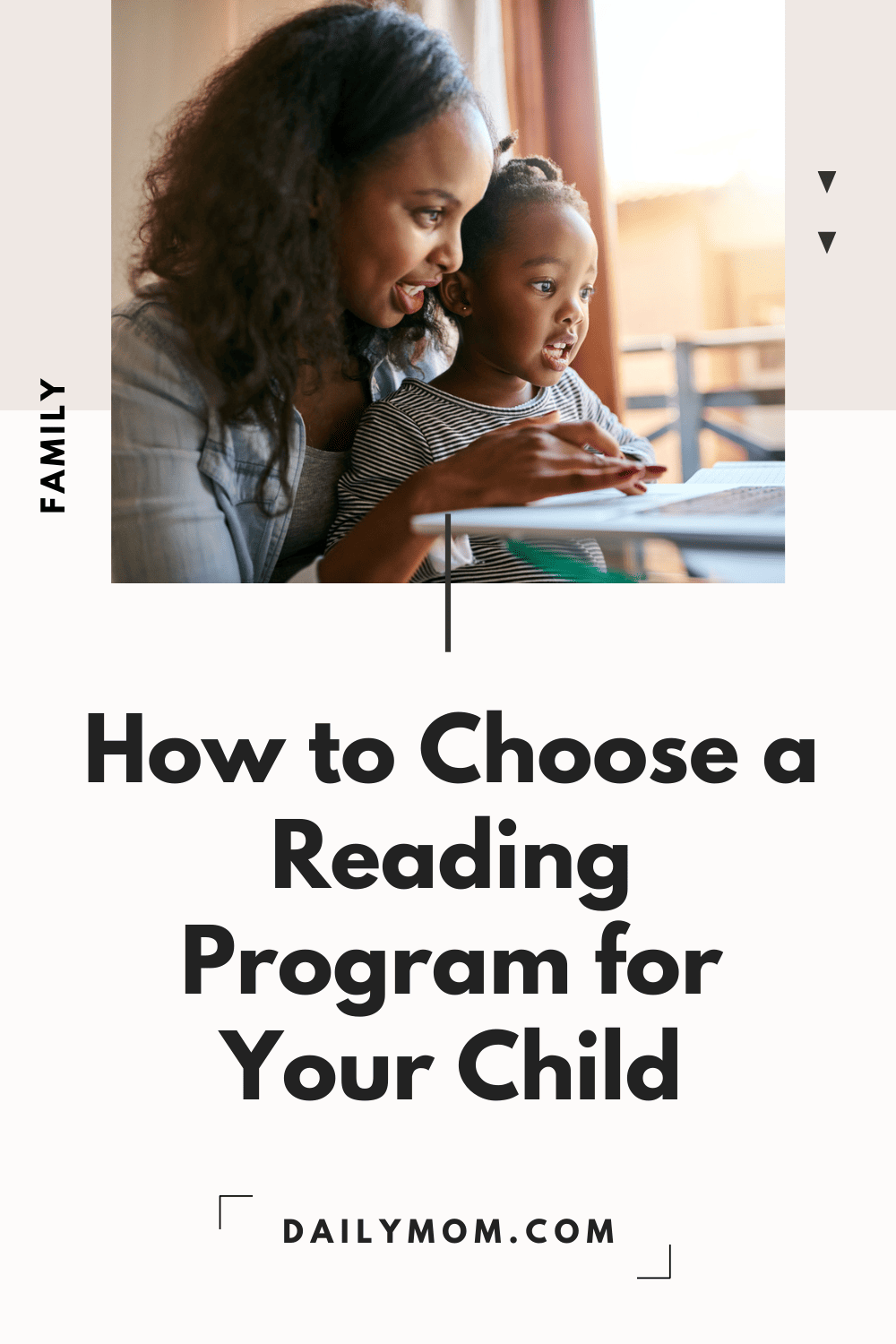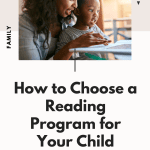Reading is one of the most critical things your child will ever learn. But you already know that, which is why you’re sifting through multiple reading programs for kids and wondering which one to buy! For many parents, this task can feel a little overwhelming, but don’t let the stress get to you. With a little guidance and plenty of good reading programs for kids available, you’ll be able to confidently choose the program that will work best for your child.
We’ve all heard the buzzwords when it comes to reading programs with a focus on phonics, comprehension, and fluidity. But what really makes reading programs for kids actually work? Here we’ll explore 3 common pitfalls to beware of, how to choose the best from among all the reading programs for kids, and how to monitor progress along the way.
The Most Common Pitfalls When Choosing Reading Programs for Kids
Many of the reading programs for kids in today’s market offer sound guidance for teaching a child to read, but not all reading programs for kids are right for your child. So watch out for these common pitfalls when you’re trying to decide.
One of the biggest mistakes is choosing a program that isn’t tailored to your child’s learning style. Keep in mind that every child is unique—what works for one might not work for another. Is your child able to sit still and focus for long periods of time? If so, take a look at reading programs for kids that have longer lessons. But if your kiddo is fidgety and has a 5-minute learning window, go for a program that relies on micro-lessons to move your child through the process.
Is your child an auditory or visual learner? Does your child respond well to repetition? Does your child like screens or ‘real-world’ activities such as coloring? Keep your child’s preferences in mind as you shop for a program.
Another thing to be aware of is choosing a program that’s either too difficult or too easy. If the program is too difficult, your child may become discouraged and want (beg!) to quit. If the program is too easy, your child may become bored and lose interest. It’s important to select a program that’s appropriate for your child’s skill level and as your child progresses, the lessons should, too.
Finally, whichever program you choose should be easily adaptable to how fast (or slow) your child wishes to go. While it’s important to track your child’s success, too much pressure can cause your child to become anxious or frustrated, which can have a negative effect on their performance. To the best of your ability, let your child work at their own pace—not yours!
How to Choose the Right Reading Programs for Kids—Especially Yours
When it comes to helping your child learn to read, reviewing the right reading programs for kids is key. After all, you know your child better than anyone else! You’re exactly the right person to select the best approach for teaching your child to read.
Here are a few things to consider when it comes to reviewing reading programs for kids:

First, it’s important to beware of programs that are too focused on pushing your child by setting aggressive goals. Goals can be motivating for some, but for others, they can be a deterrent. What happens when your child doesn’t achieve what they set out to do? Does frustration set in? Don’t force it! When lessons become a forced activity, your child may start to balk. Want you don’t want to create is a battle between the two of you, or worse yet, a negative response to learning to read. If your child starts fussing when you boot up the program, you know you’ve overdone it or the program is moving too fast.
Secondly, look for an interactive program. Children love to be entertained—and can easily be transfixed in front of a screen—which is why many reading programs for kids rely on cartoons or passive videos to teach reading. By working with one of these passive-style programs, you might find your child gets used to being ‘spoon-fed’ knowledge. With a more interactive program, children become engaged in the learning process. Not only do they learn to read, they learn how to learn, which empowers them as they go on to learn new things.
Read More: A Teacher’s Roundup of Best Books for Beginning Readers
And finally, look for a direct-instruction, phonics-based approach. Make sure that’s on your list! Many school systems have moved away from phonics in recent years, and while somes school systems are now shifting toward phonics-based programs, some aren’t. If you’re concerned your child won’t be learning phonics in school, be sure to choose a phonics-based reading program at home.
How to Monitor Progress and Measure Success in Reading Programs for Kids
One of the challenges of many reading programs for kids is that the program is designed to for your child to work independently. In an ideal world, kids would happily plow their way through until they become proficient readers. But in the real world, that’s often not the case. While your child may be sitting in front of a screen for a set time every day, it’s not always clear that learning is taking place. Some reading programs for kids have a means to ‘test’ or ‘measure’ a child’s progress, but this can put pressure on your child.
Ideally, the program you choose will be simple enough for you to follow along and figure out if your child is actually learning. Even better, choose a program you can work on together, so you’ll always know what’s been covered and what hasn’t. As an added bonus, you and your child will get to spend one-on-one time together. (What parent ever gets enough of that?)
Read More: Smart Ways To Teach Your Kids To Use Social Media

Final Thoughts: Get Ready for Your Child’s Reading Adventure!
With so many reading programs for kids out there, you’ll undoubtedly find one that unlocks the secret of reading success for your child. Just be sure to keep these things in mind when sifting through all the reading programs for kids (there’s a lot of ’em!): select one that’s age-appropriate and consider the type of instruction it offers, choose a phonics-based program that’s interactive, and monitor progress regularly by staying involved. If you’re willing to take the time upfront to select the right reading program, your child will quickly develop this critical skill and become a lifelong lover of reading.
WANT TO READ MORE?
18 Great Back To School Activities To Keep Your Child Engaged In The School Year
PHOTO CREDITS: Pexels, Unsplash, istockphoto
CONNECT WITH DAILY MOM
💖 NEWSLETTER: DAILY READS IN YOUR INBOX 💖
Sign up to receive our picks for the best things to do, see and buy so you can relax and focus on more important tasks! Let us help you be the best version of yourself you can be!
BE SOCIAL WITH US
📌 LOVE IT? PIN IT!📌










































